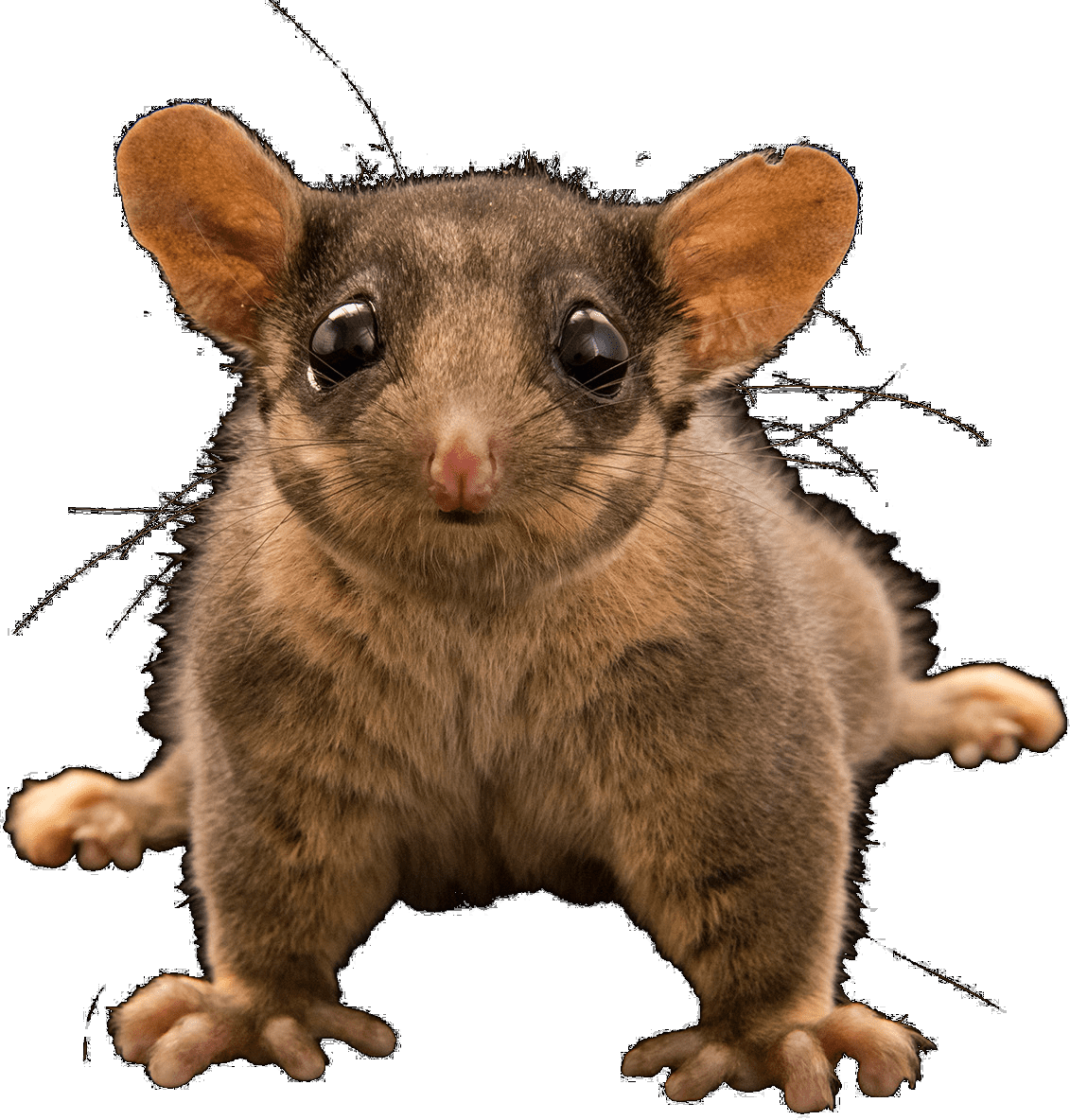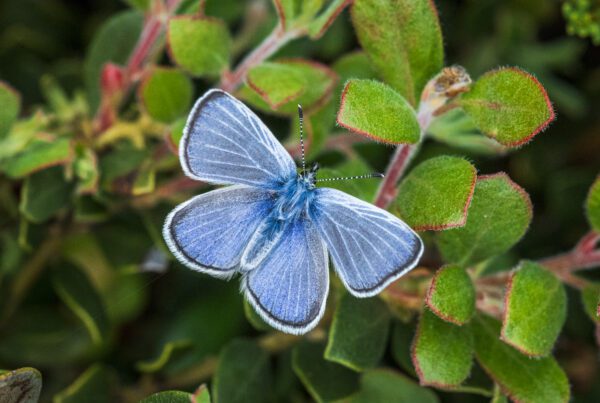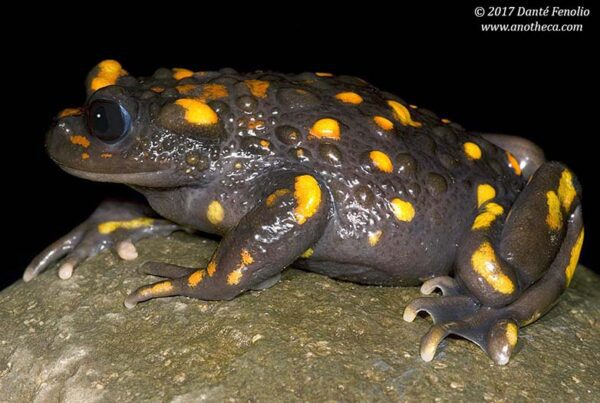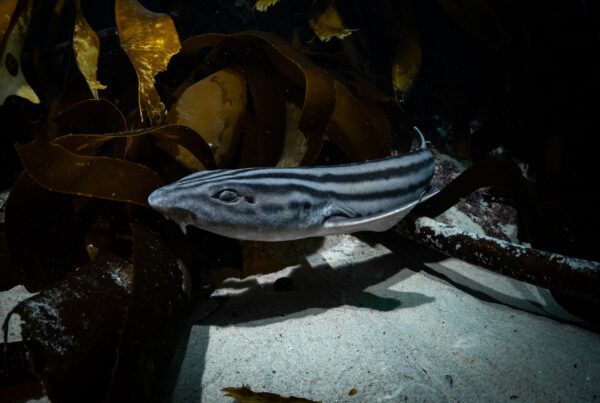Climate change, habitat loss, and over-harvesting of wildlife have led to declines in many species. Because of shrinking populations, many species are now highly inbred, threatening long-term population health and recovery. Researchers at Monash University have developed successful case studies for genetic rescue in Australian wildlife. They have now launched a Wildlife Genetic Management Hub to advance and apply genomic interventions globally.

Genetic management of wildlife species is a recent approach to preventing extinction. Wildlife genetic management involves assessing the level of genetic variation within a population, intervening if needed, and monitoring outcomes. The central goals of genetic management are to maintain genetic variability and avoid inbreeding, in order to maximize the long-term viability of populations.
A key intervention in genetic management is ‘genetic rescue’ – a process that increases a population’s fitness by introducing new genetic variation via breeding with cloned, captive bred, or translocated individuals. Using proof-of-concept methods, Dr. Sasha Pavolva and Dr. Paul Sunnucks at Monash University developed five compelling case studies for genetic rescue. They used translocation and hybridization to increase genetic variation in endangered Australian species, including button wrinklewort (Rutidosis leptorrhynchoides), feather-leaved banksia (Banksia brownii), Macquarie perch (Macquaria australasica), helmeted honeyeater (Lichenostomus melanops cassidix), and Leadbeater’s possum (Gymnobelideus leadbeateri). These successful examples were crucial for highlighting the value of genetic rescue in wildlife management.
Now, these researchers are partnering with conservation stakeholders to upscale these methods and provide genetic rescue services to conservation managers around the world.
Sasha Pavlova and Paul Sunnucks at Monash University have launched the Wildlife Genetic Management Hub using case studies of genetic rescue, including the endangered Leadbeater’s possum.
Credit: Alamy
THE WILDLIFE GENETIC MANAGEMENT HUB
Based at the School of Biological Sciences at Monash University in Melbourne, Australia, the Wildlife Genetic Management Hub works with wildlife managers to co-design genetic management solutions to help prevent the extinction of populations. Their interdisciplinary work combines expertise in genomics (DNA sequencing and analysis), evolutionary concepts, and decision-support systems for wildlife managers. Their team has worked with Australian and international wildlife management agencies to explore how genetic management can help a range of endangered plants and animals.
The Wildlife Genetic Management Hub is committed to genetic interventions that can halt wildlife decline around the world.
Explore more Wild Genomes projects

Relative of extinct butterfly helps fill the ecological void
Keep up with Wild Genomes!
Join our mailing list for bi-annual updates from Revive & Restore, including new calls for Wild Genomes proposals.






